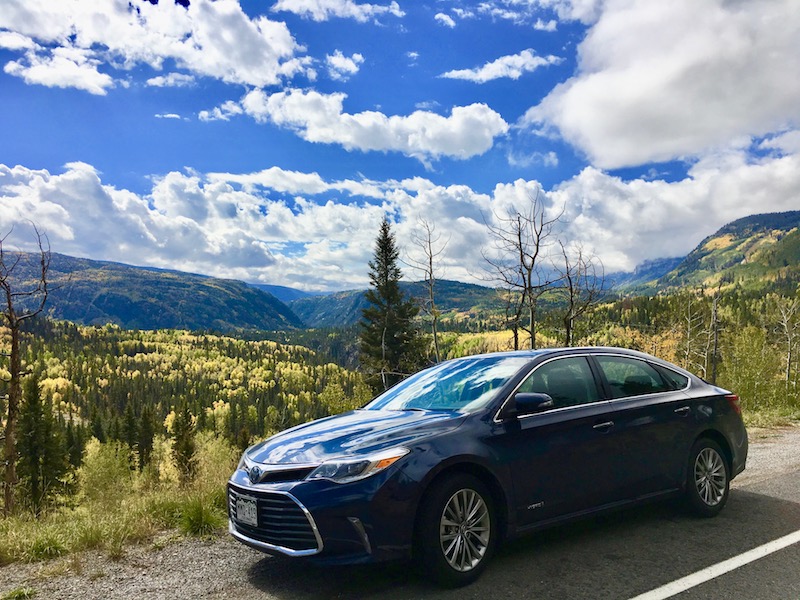I was a guest of Toyota on the Million Dollar Highway. All opinions are my own.
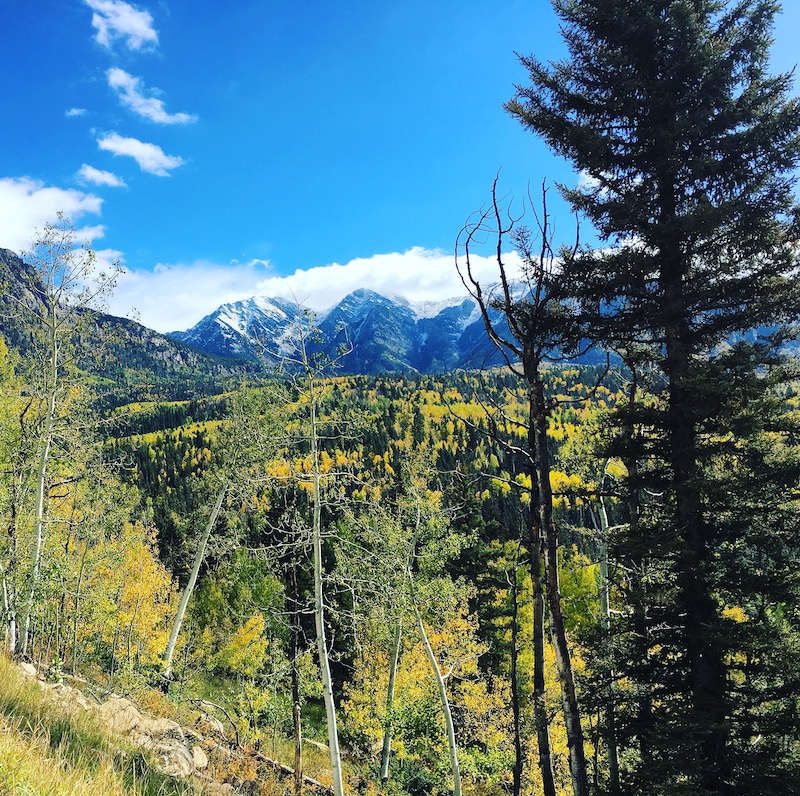
Put most simply, I am by no means a daredevil. I shudder at the thought of a roller coaster. Skydiving is not on my bucket list. Despite being a Colorado native, I don’t enjoy skiing. Before you assume I’m simply no fun, I can explain. I was born with a predisposition to worry. While I try to not borrow trouble before trouble borrows me, I can’t help myself. As I gripped the armrest of my Sienna minivan with fervor, I shrieked at my husband behind the wheel, yelling, “Careful!” With no guardrails to keep us, no shoulders to lean on, we made our way on what is frequently hailed as one of America’s most dangerous yet scenic roads, southern Colorado’s Million Dollar Highway.
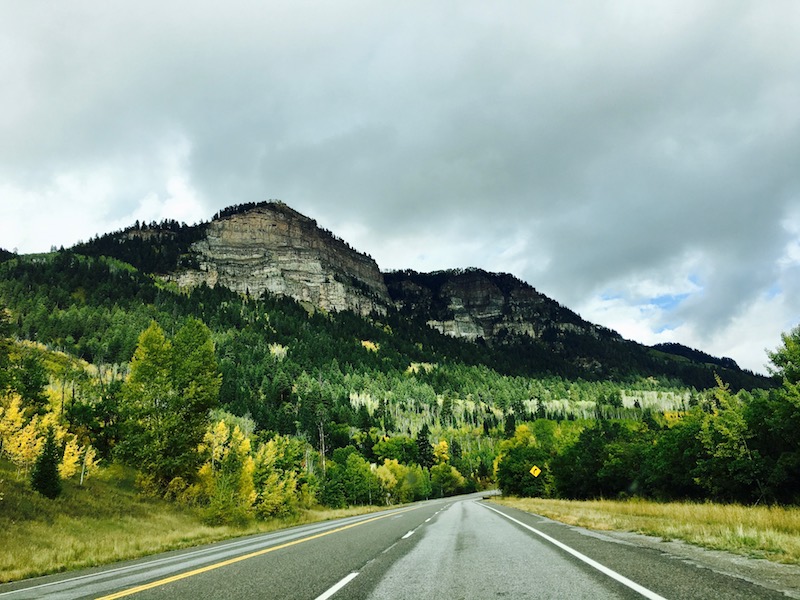
Technically part of U.S. Route 550 which runs from Bernalillo, New Mexico to Montrose, Colorado, the Million Dollar Highway generally refers to a stretch of road from the two candy-colored old mining towns of Ouray and Silverton. Built in 1883 by the “Pathfinder of the San Juan Mountains” Otto Mears to act as a tollway from Ouray to the now abandoned town of Ironton, the road was cut out directly into the sides of the surrounding San Juan Mountains. It climbs ever so dramatically over three mountain passes, Red Mountain Pass, Molas Pass and Coal Blank Pass. Lined with ghost mining towns, its narrow lanes and hairpin turns are not for the faint of heart. While the old adage of don’t look down seems appropriate here, I couldn’t help myself. Again, I put a death grip on my armrest and hollered, “MAAAAATTTT!” My husband responded with a calm, “What?”
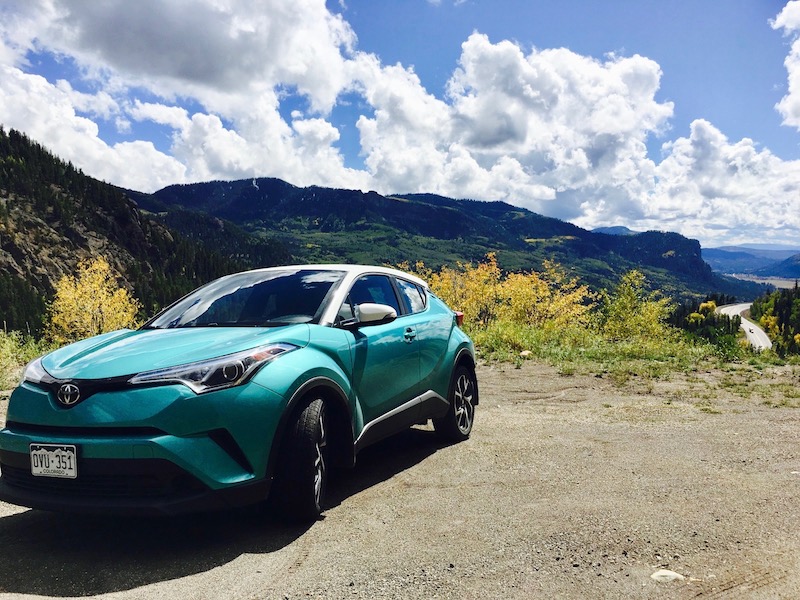
Let me start from the beginning. We left Denver on a much different note for the Million Dollar Highway. Amused by my brightly colored C-HR, I wasn’t really concerned about the road ahead. Car after car pulled up to see who was behind the wheel of this turquoise beauty, far from the stagecoaches of old. We took two hours longer to reach our first stop of Durango for fall had arrived to this part of Colorado and frequent stops became necessary. Instead of the green of Denver, we were welcomed to Bob Ross canvases come to life with fluffy trees glistening in gold. We arrived to our hotel already impressed by this corner of Colorado that in many ways, I think I let down my worrywart guard.
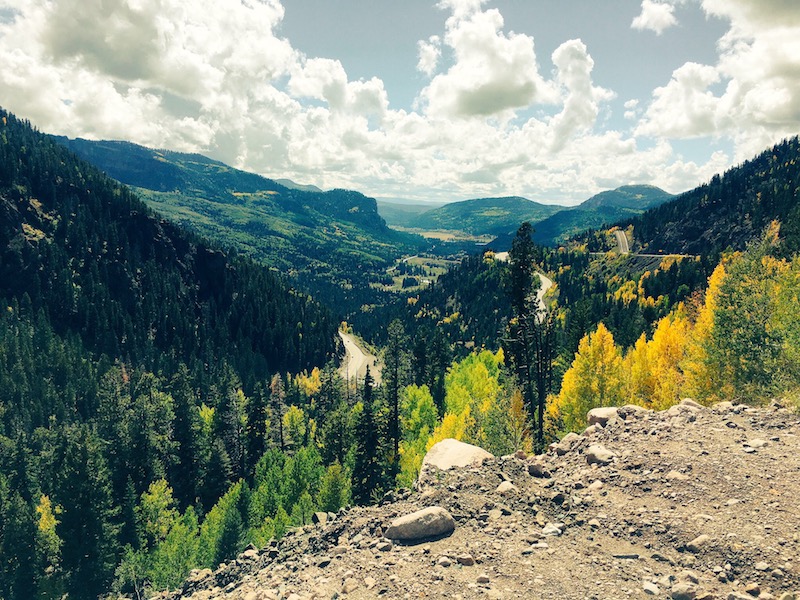
The next morning began innocently enough. We got up early to have some time to explore Durango. We most literally ran into the Durango and Silverton Narrow Gauge Railroad. Running since 1883, this coal-fired steam powered locomotive runs right out of its original 1882 depot. The train whistle shrieked, just as I would later that day. Passengers scurried aboard to begin the journey through the San Juan National Forest as miners, cowboys and settlers had before them. With the sound of that whistle, I realized it was time to face the inevitable, that most dangerous of roads, the Million Dollar Highway.
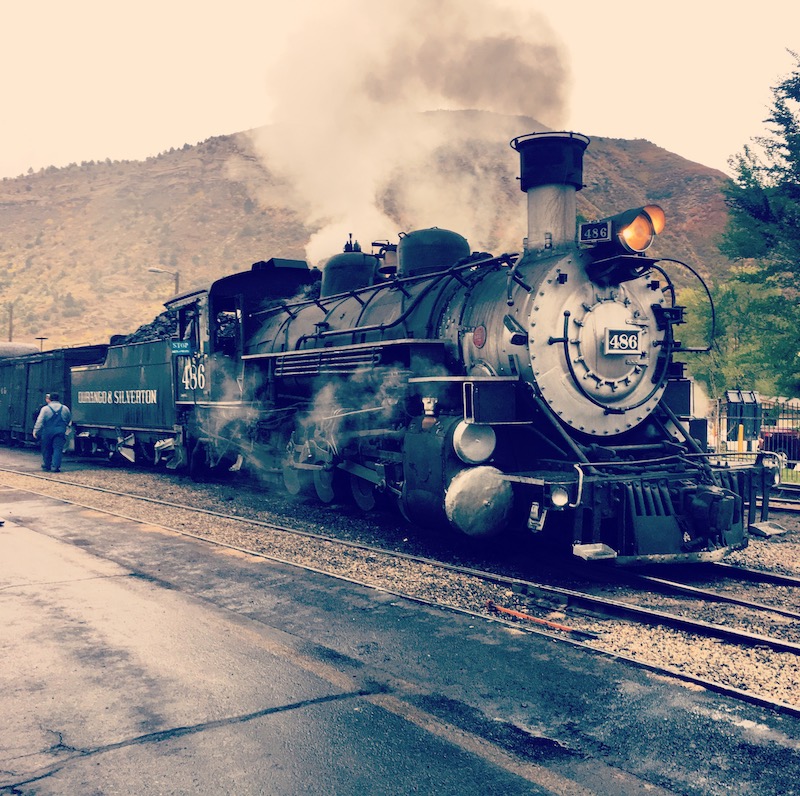
Behind the wheel this time of an Avalon, we comfortably began the drive to Silverton. And while all that glitters isn’t necessarily gold, in this case, those leaves dotting the mountains along the road were genuine to be sure. We raced through settings you could spend several hours with but we had to strike gold. Just past the town of Silverton, it only seemed appropriate to tour an old mine. In fact, the Million Dollar Highway probably wouldn’t be what it is today without this part of Colorado’s mining history. With snow, rain and even lightning present, we hopped on an electric mine train at the Old Hundred Gold Mine.
With a bit more than a hope and a prayer, lightning luckily didn’t strike our group sitting in the equivalent of a metal bucket. After a third of a mile trip down into Galena Mountain, we arrived to darkness. A retired miner walked us through the conditions of the mine back in the day, demonstrating the different mining equipment used which I can still hear ringing in my ears. We emerged from our tour to Colorado weather at its finest, the warmest of sunshine and the bluest skies. I felt a tinge of how those miners must have felt, going into such darkness and emerging with the light.
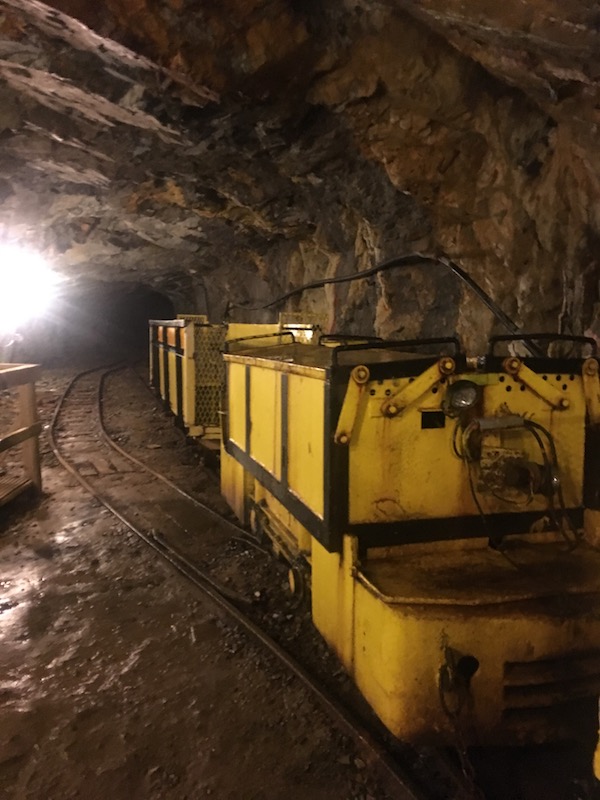
There was no stalling now. We had to be on our way on the Million Dollar Highway’s most nail-biting stretch. Why this section of road gets its lucrative name is a bit hazy. Some point to an early traveler’s account, contending that she got vertigo due to its steep nature. She said she wouldn’t travel the road again even if paid $1 million. I hear you sister. Another origin story points to the construction of the road costing one million dollars per mile or the land cost totaling one million. And perhaps my favorite theory is that the Million Dollar Highway takes it name from builders using gravel from the nearby silver and gold mines to create it, a road quite beautifully paved in silver and gold and thus worth a million.
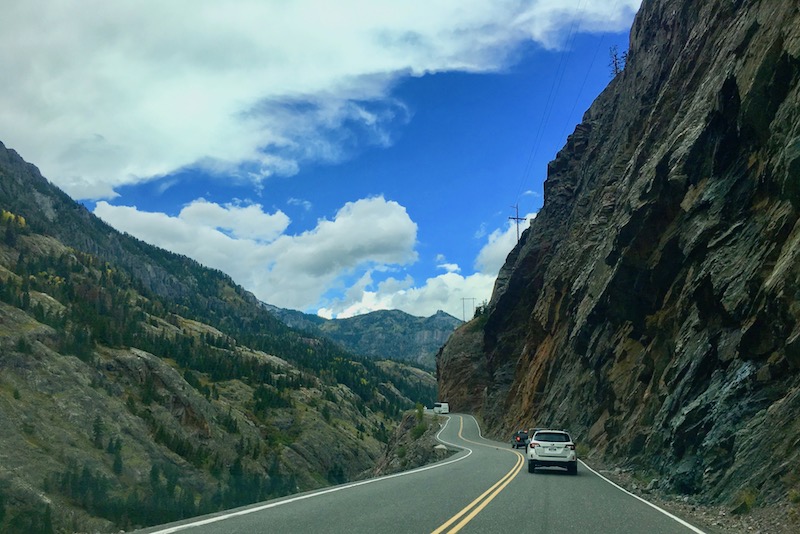
With Ouray in the distance, we saddled up the minivan to cruise the steepest of roads. Falling rock loomed as we cut right through the Uncompahgre Gorge. The steep narrow canyon wasn’t where I envisioned my last trip on earth. While I pictured a nursing home some 60 years down the road, the bends of the road suggested otherwise. Much to my husband’s delight, my worrying finally took a backseat at the sight of Ouray. We had made it out with all four wheels still on the minivan, two hands on the wheel and two clutching the armrests. One sudden movement and it could all be over on the Million Dollar Highway, but instead I lived to tell the tale of traveling on a road paved in silver and gold.
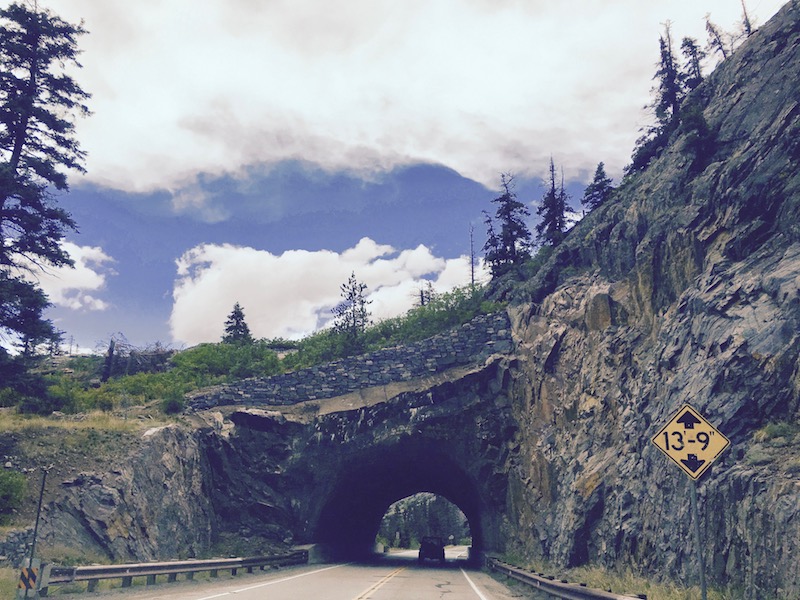
Have you traveled the Million Dollar Highway?
